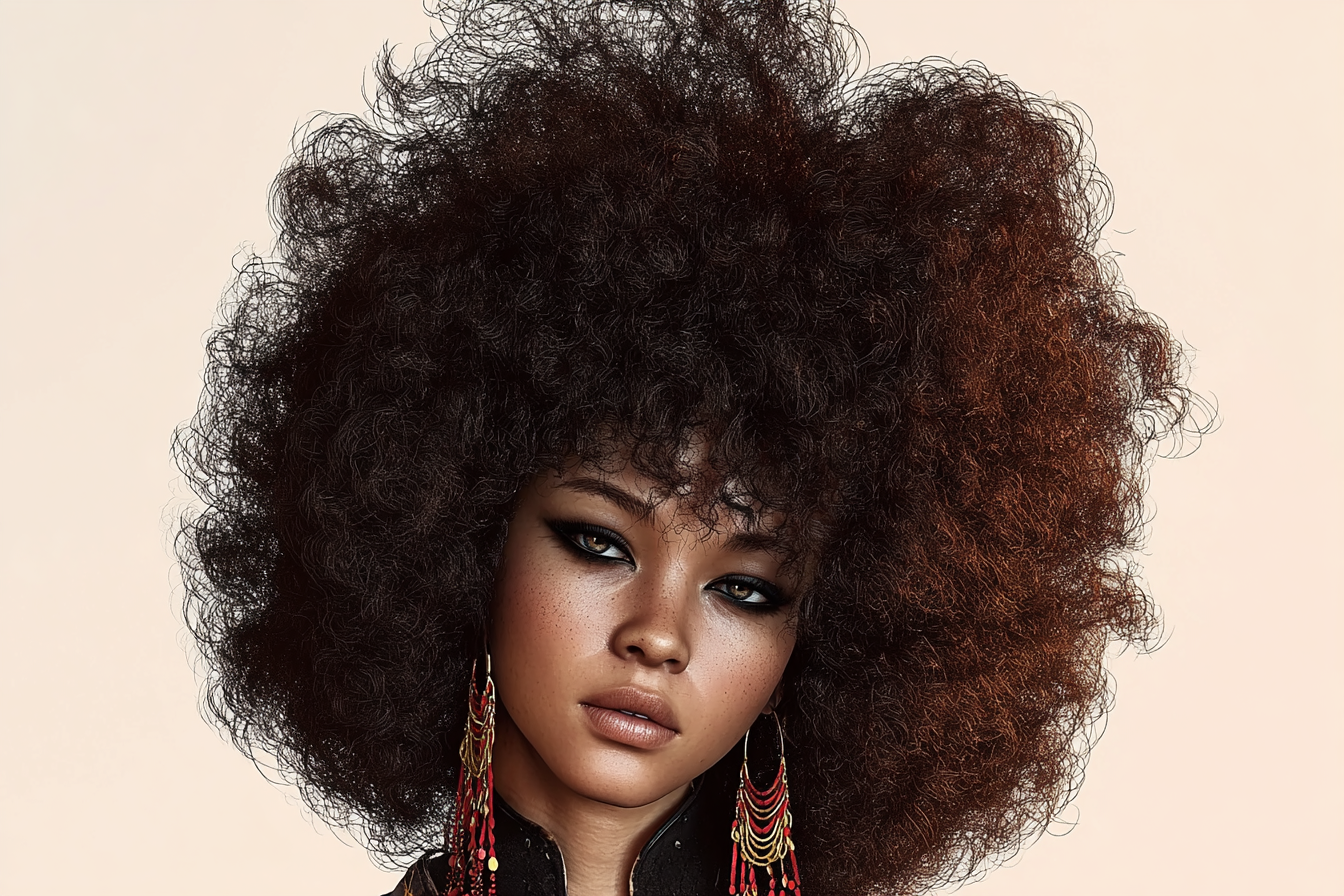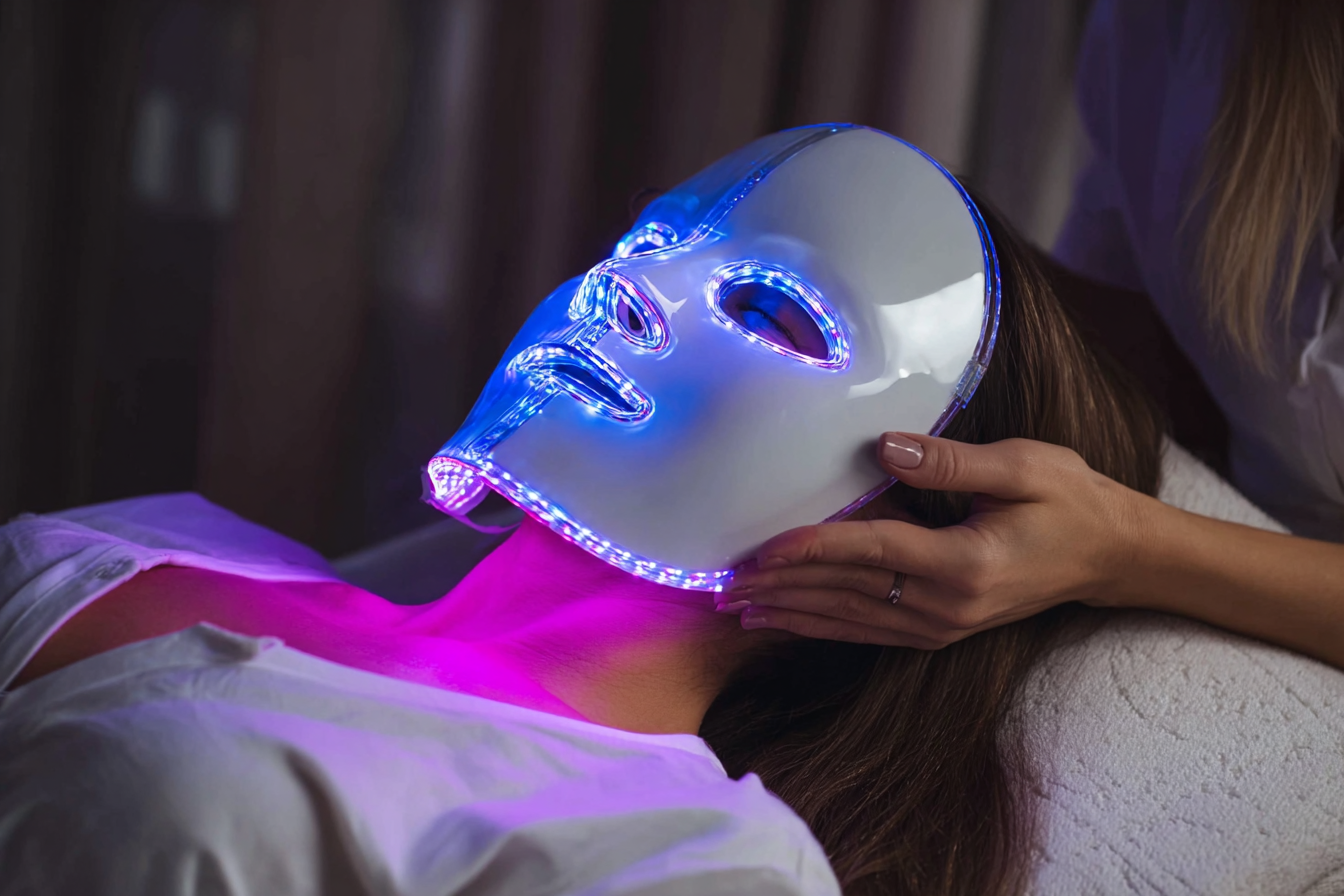Textured Hair Is Not Niche. It Is the Missed Mainstream
Janet Davies BSc Biochemistry is a Natural Hair Enthusiast who since starting her natural hair journey in 2011 has achieved waistlength hair twice! Janet has dedicated over 10 years into researching the best ways to care for our precious hair and optimise it for growth. It was during this period she discovered that there was absolutely no black representation in the UK Natural Hair Industry. Out of a passion to redefine beauty standards, Ominira Naturals was born—with a mission to empower and educate women with products, tools, and methods that allow Afro hair to thrive truly. Every product is formulated with Black women’s health in mind, without the toxic chemicals. In just three years, Janet has achieved £1.5M in sales with a 73% customer return rate whilst raising 2 children under 2. Her success exemplifies the impact of Black-owned hair-care brands that personally identify with the issues at play.
The numbers are clear. The global Black hair market is worth an estimated 10 billion dollars. In the UK, Black women represent under 4 percent of the female population yet spend up to six times more on hair care than white women. This is a powerful consumer base that is still underserved. Coverage in mainstream media is thin, retail space is limited, and many product lines feel like bolt-ons rather than ranges built for textured hair from the start.
The science behind textured hair is often sidelined, which leaves women navigating trial and error or using products that were never formulated with their biology in mind. This is not only a missed commercial opportunity. It is a structural gap in beauty that affects health, confidence and cultural visibility.
Underrepresentation: the silent gap
Textured hair is one of beauty’s fastest growing categories yet it continues to be underrepresented in advertising, at shelf, and across editorial. A walk through most high street stores still reveals a token shelf for Afro hair, if that. Brands often talk about inclusion while relying on copy-paste formulas that do not address the needs of coils and curls.
This absence shapes perception. When textured hair is missing from campaigns and product systems, it suggests that Afro hair is niche or difficult. It is neither. It simply requires understanding, respect and formulation choices aligned to its structure.
The biology that should guide the brief
Textured hair is not just straight hair with a curl pattern. Its architecture is different. Tight coils and bends slow the spread of sebum along the shaft, which drives dryness and increases breakage risk. Each curve is a potential stress point that raises fragility. Many textured hair types are higher in porosity, so the cuticle is more open and moisture is harder to retain. Others are low porosity, where a tightly packed cuticle resists absorption, which makes hydration harder to achieve. Black women also face a higher lifetime burden of hair loss linked to modern styling practices, which has normalised alopecia as a trade-off for fitting a beauty stereotype.
When products ignore these realities, hair is left vulnerable. Heavy silicones and petrolatum fillers can create short-term slip and shine but often lead to build-up, dryness and thinning over time if they replace, rather than complement, true moisture and scalp care.
Health versus styling is a false choice
Protective styles such as braids, wigs and weaves carry cultural meaning and deliver clear practical benefits. Without proper installation, scalp care and restorative routines, they can also cause thinning edges, traction alopecia and long-term damage. Too many products aimed at textured hair still prioritise immediate cosmetic results over scalp health, barrier repair and breakage reduction. That imbalance is compounded by an alarming pattern in the market. A far higher share of products sold to Black women contains endocrine-disrupting chemicals compared with products sold to white women. The result is a choice no one should have to make. Style or health.
Culture matters
For Black women, hair is identity, memory and resilience. Cornrows carry history. Afros have been political statements. When textured hair is excluded from mainstream beauty, it is more than a missed sale. It is cultural erasure by omission. Getting this right is not only a commercial imperative. It is a cultural responsibility.
Innovation and education are the real inflection point
Innovation in textured hair is accelerating, but the next leap will come from joining tradition with rigorous science and resetting what beauty considers standard. Ominira Naturals is one example. The brand hand-infuses African heritage botanicals such as fenugreek, amla and neem with evidence-led formulation to deliver pH-balanced, hormone-safe products that focus on scalp health, hormonal hair loss and long-term growth, not just styling.
Education is the other missing piece. Through the Inner Circle community, Ominira explores a 360-degree view of hair loss and growth, covering gut health, hormones, stress and even liver function. When women understand hair as part of whole-body health, they make better choices and get better results. This is the direction the industry needs to take. Fewer quick fixes. More holistic, evidence-driven solutions that respect biology and culture.
What needs to happen next
If beauty is for everyone, textured hair cannot sit on a single shelf. Media coverage must widen. Retailers need to invest in space, training and tailored assortments. Consumers deserve clearer education and safer formulations.
The demand exists. The science is available. The cultural impact is real. What is missing is consistent platforming. For too long, Black women have been asked to settle. Settle for products that irritate the scalp. Settle for aisles that overlook their needs. Settle for imagery that leaves them out of the frame. Textured hair is not niche. It is beauty, biology, culture and history. It is time the industry treated it with the depth and respect it deserves.










